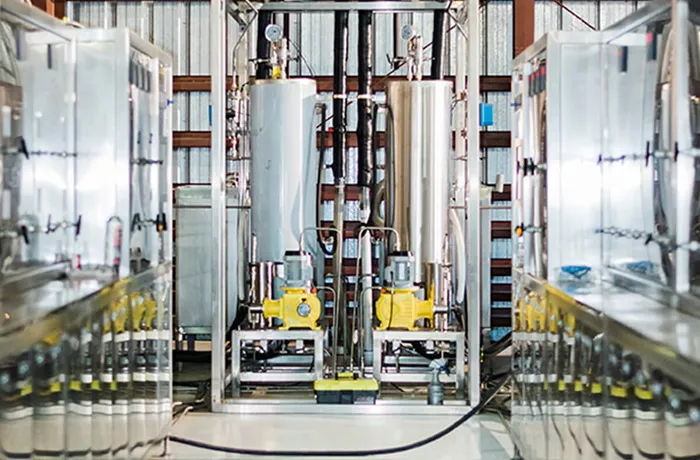UK natural gas futures have recently surged in price, surpassing benchmark contracts in continental Europe. This development indicates that traders are beginning to brace for an increase in demand as winter approaches. The dynamics of the gas market, influenced by geopolitical tensions and storage limitations, are driving this shift.
Current Trading Trends
British contracts for November delivery have been trading approximately 2% higher than their Dutch counterparts, which are considered the most liquid gas futures in Europe. This price difference marks a notable increase compared to the same period last year, reflecting changing market conditions as demand forecasts rise.
Seasonal Price Dynamics
Typically, UK futures are priced lower than the Dutch benchmark during the summer months. However, as winter approaches, the UK contracts can shift to a premium to attract additional supply. This year, the situation is exacerbated by escalating tensions in the Middle East and concerns about potential disruptions to liquefied natural gas (LNG) supplies from key exporter Qatar.
Market Response to Price Changes
On Wednesday, Dutch front-month futures, the European gas benchmark, were trading 0.4% lower at €38.77 per megawatt-hour. In contrast, the UK equivalent contract was down 0.4% at 96.79 pence per therm, roughly €39.30 per megawatt-hour. Both contracts have retraced last week’s gains as energy supplies from the Middle East have remained stable, but traders are remaining vigilant for any further developments.
UK Storage Limitations
One significant factor contributing to the premium on UK futures is the country’s limited winter storage capacity. Unlike many EU countries, the UK can only store gas for fewer than eight days of peak demand during extremely cold weather. In contrast, Germany, for instance, has storage capacities that can last up to 89 days. Consequently, the UK often exports surplus gas to the EU in summer and imports gas during winter through two pipelines connecting it to the Netherlands and Belgium.
Expert Insights on Premium Pricing
Nick Campbell, a managing director at Inspired Plc, emphasized the urgency of maintaining higher prices to secure additional supply: “A prolonged cold snap could quickly drain UK storage facilities, hence the need to price at a premium to the continent.”
Influence of LNG Arrivals
Additionally, the premium in UK futures is being driven by the need to attract more LNG supplies. According to Elizabeth Kunle, a gas market analyst at S&P Global, arrivals of LNG in the UK have decreased earlier this year. She noted that vessels carrying LNG have been favoring terminals in northwest Europe and Italy over those in the UK.
Dramatic Decline in LNG Shipments
Ship-tracking data from Bloomberg indicates that LNG shipments to the UK have more than halved between January and September compared to 2023 levels. The EU’s increased capacity for LNG imports has reduced the demand for UK supplies, alongside a significant slump in domestic gas usage by the power sector.
Potential for Short-Lived Premium
Despite the current premium on UK natural gas futures, experts suggest that this pricing trend may be short-lived unless weather conditions change significantly. According to Kunle, the UK might still be a net gas exporter in November due to “quite robust” domestic supply levels.
Conclusion
The current landscape of the UK natural gas market reflects a combination of seasonal demand dynamics, geopolitical tensions, and structural limitations in storage capacity. As traders navigate these complexities, the premium on UK futures indicates a proactive approach to securing supply for the coming winter months, although the sustainability of this premium remains uncertain.
Related Topics:

